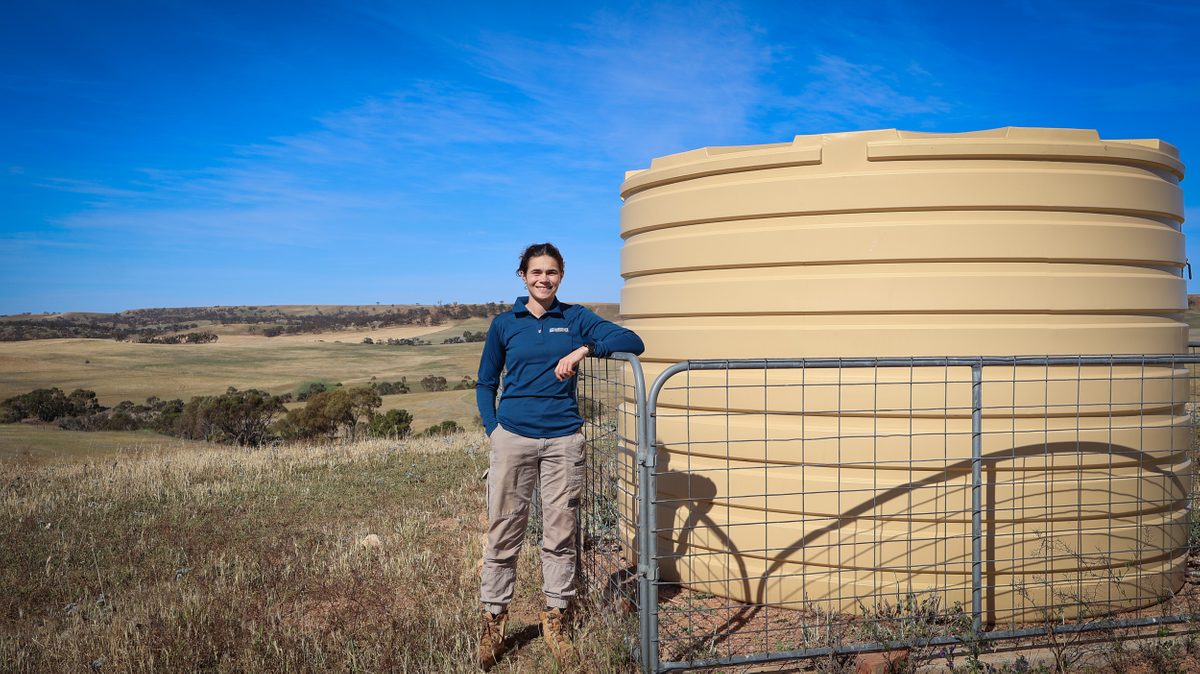Wallaby numbers stable following Bangor fire
Wallaby numbers stable following Bangor fire
A survey of the Telowie Gorge Conservation Park has found that the yellow-footed rock- wallaby (YFRW) population in the park has been largely unaffected by the Bangor bushfire and flood event of January/February 2014.
The informal ground survey conducted recently by Michael Stead of EcoKnowledge, found five YFRW in four separate locations within the park, which remains closed to the public.
Natural Resources Northern and Yorke ranger in charge, Mount Remarkable National Park, Donna Ferschl says it is thought the total population of YFRW in the Telowie Gorge Conservation Park is about 20-30 individuals, and the sightings are significant.
"Those rock-wallabies in the Telowie Gorge Conservation Park are the most southern population in the state and they’ve never been in high numbers, normally they exist in the arid lands – the Flinders Ranges further to the north – and the nearest population to the Telowie Gorge is in the Mount Remarkable National Park," she says.
"If the population had been lost in the fire then there’s a high chance they would not have recovered for a very long time, if at all."
Ms Ferschl says YFRW generally do not move around much and tend to stay in one area, and it was luck that the particular gorge the Telowie population are living in was largely unaffected by the Bangor fire, however the gorge was significantly affected by the following flood.
"The survey numbers show the YFRW were not directly affected by the fire and flood itself," she says.
"Among the chaotic fire behaviour within the gorge, the wallabies were able to locate refuges to shelter in. Fortunately, it appears that the small pockets of unburnt vegetation within the gorge were able to provide sufficient food for the animals until the burnt areas began to regenerate."
Despite surviving the immediate aftermath of the fire and flood, the YFRW faces a range of other perils, and Natural Resources Northern and Yorke have been actively managing the risks to give the wallabies every chance of survival.
"There are several scenarios that could have put the YFRW population in danger despite the fire not directly affecting them," Ms Ferschl says.
"They could have remained there but had no food, or they could have been forced to move because there was no food and been faced with the threat of foxes.
"Another risk is that other animals could move in and eat their food, and for this reason we’ve mitigated two goat culls since the fire and have another planned for November.
"Fox control in the park has also been happening for the past seven years, and that has continued since the fire."


